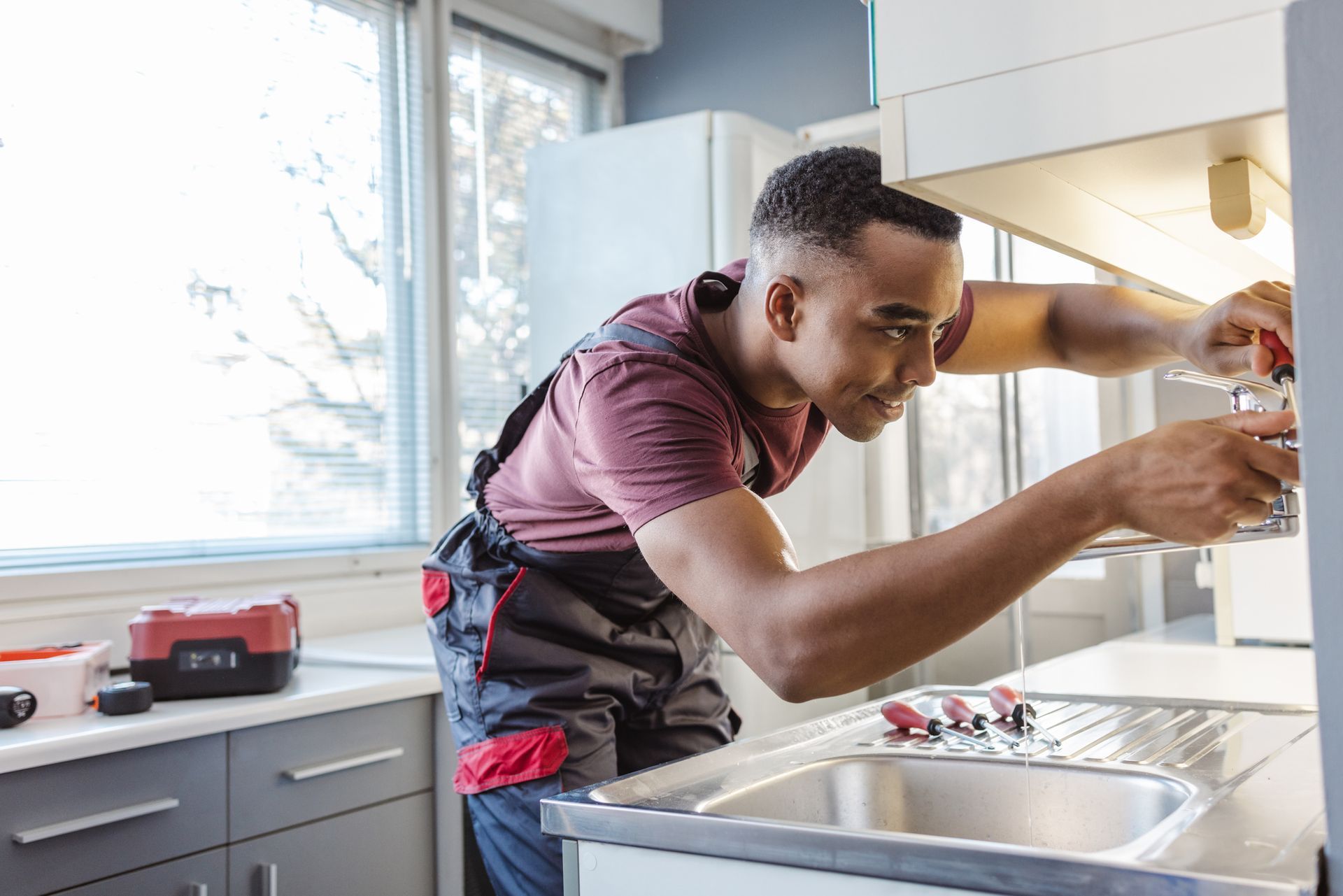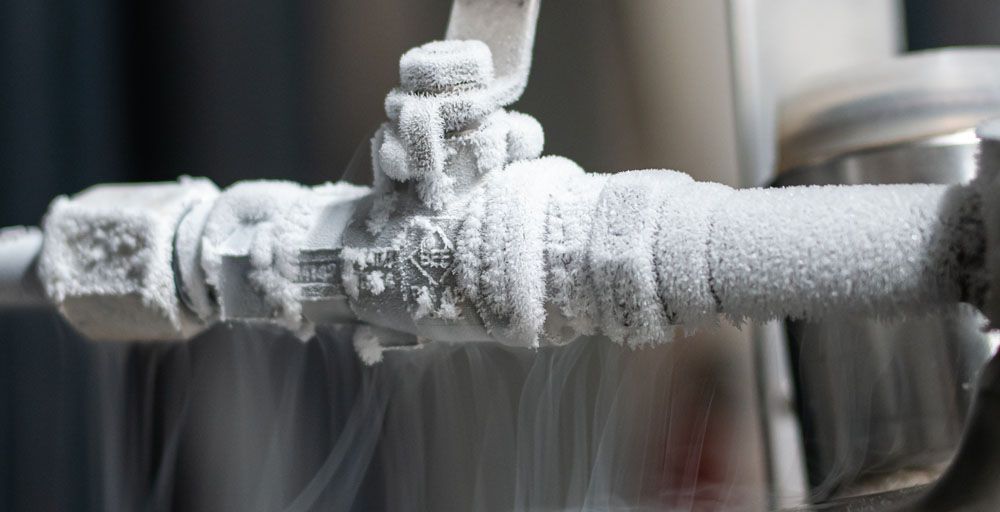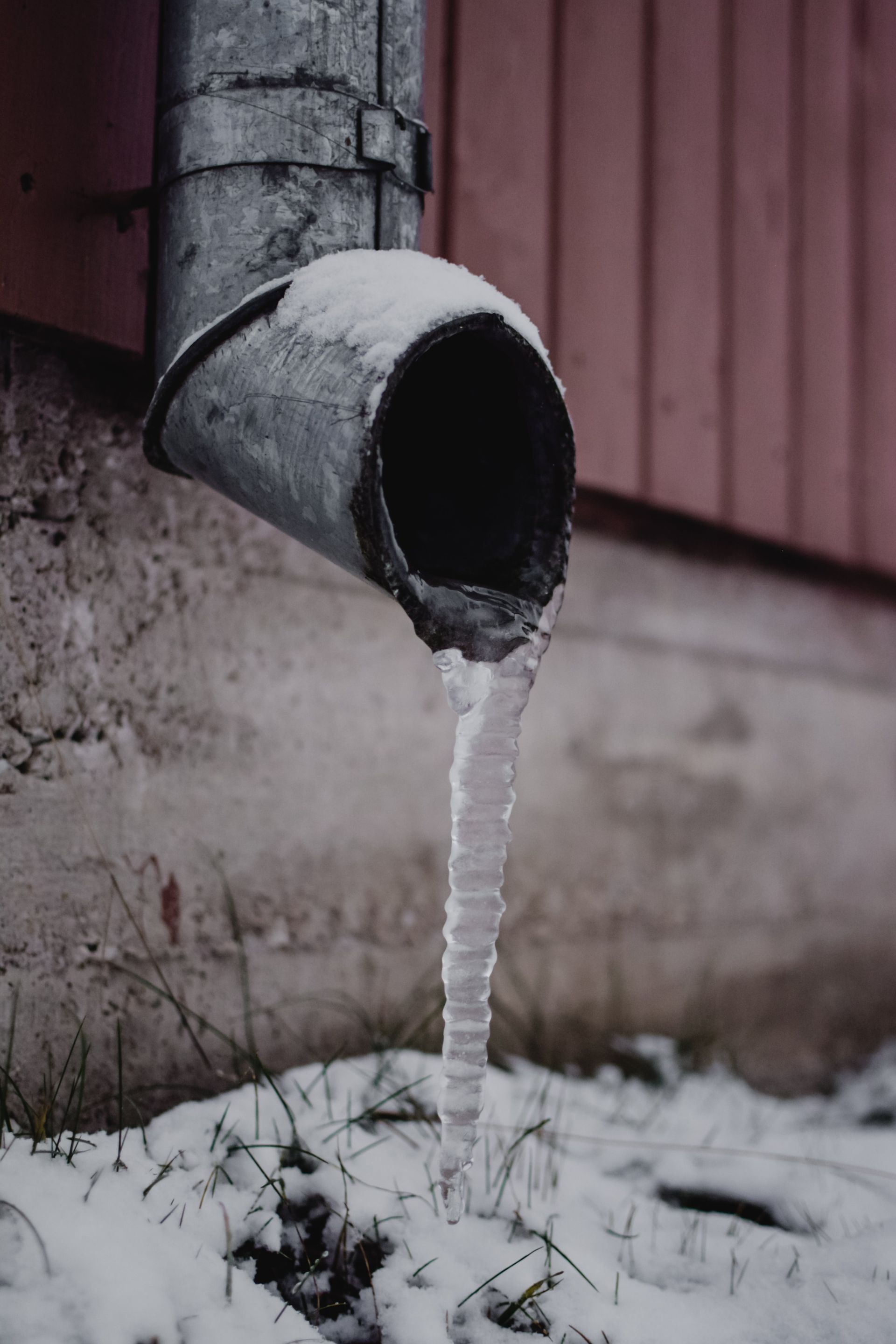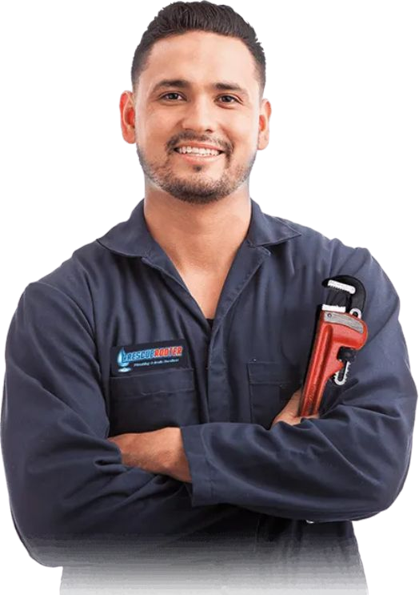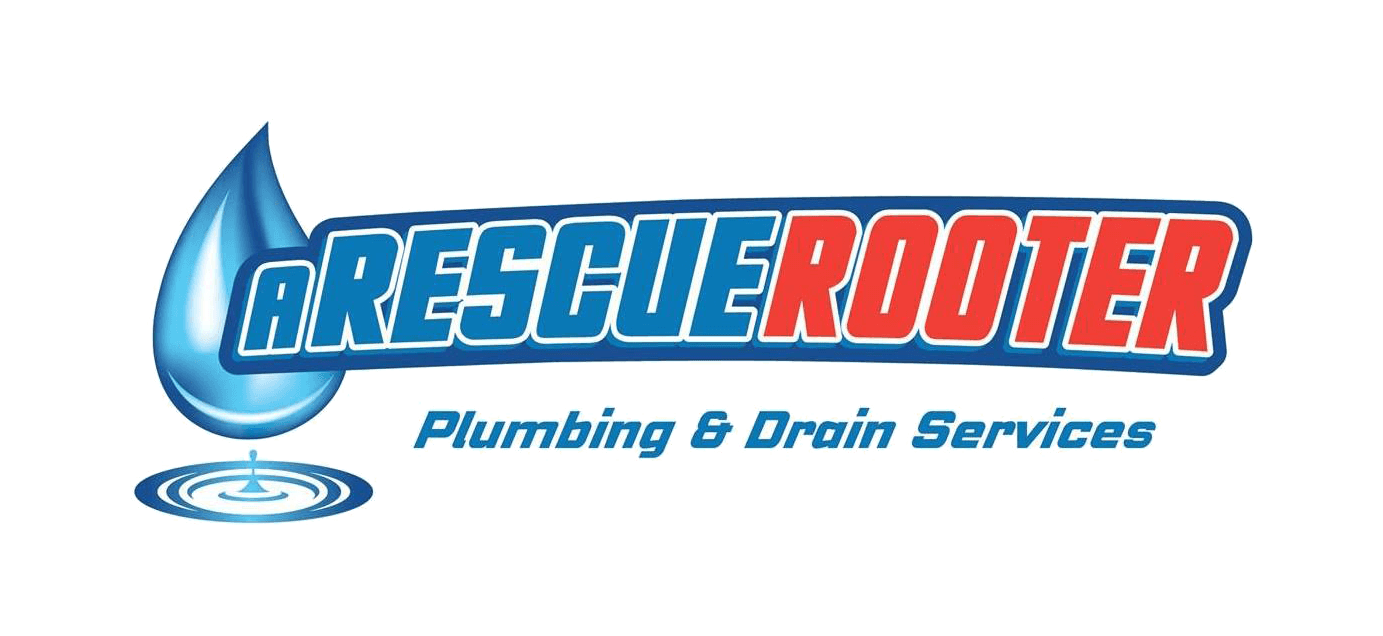A Homeowner’s Guide to Plumbing Inspections
Thinking about buying a new home? Before you make an offer, it’s vital to ensure that the property’s plumbing is in good shape. Plumbing issues can lead to costly repairs and uncomfortable living conditions. Here’s a comprehensive guide to what you should look for in a plumbing inspection.
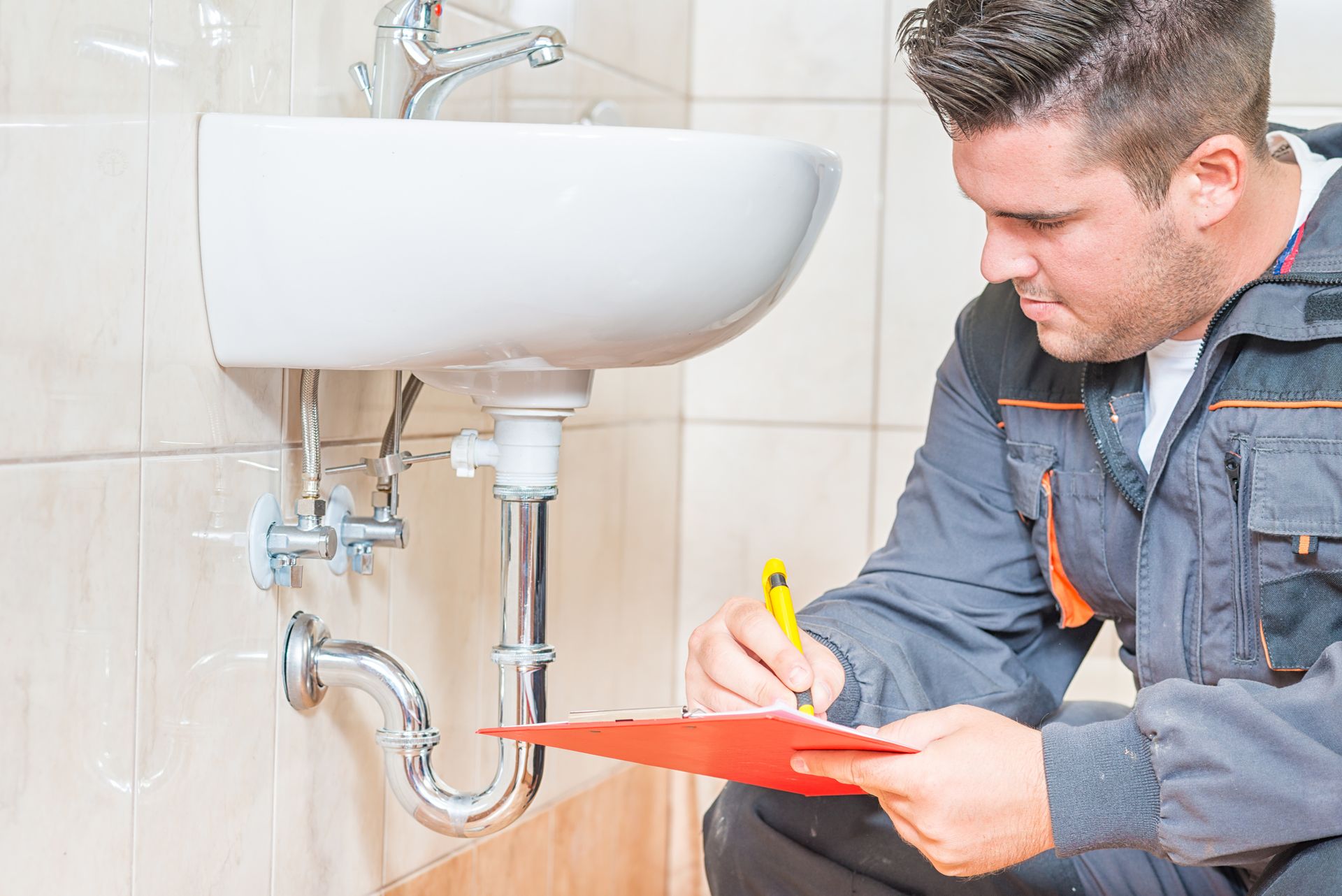
Plumbing Checks When Buying a House
1. Water Pressure
Good water pressure is essential for your daily comfort. Low water pressure can indicate underlying issues such as pipe obstructions or leaks. Turn on faucets in the kitchen, bathroom, and laundry area to check for consistent water pressure.
2. Leaks and Water Damage
Inspect under sinks, around toilets, and near water heaters for any signs of leaks. Water stains on walls, ceilings, or floors can indicate past or present leaks that may need attention.
3. Pipe Material and Condition
The material of the pipes can tell you a lot about their longevity and performance. Look for:
- Copper: Durable and long-lasting.
- PVC: Common in newer homes; resistant to corrosion.
- Galvanized Steel: Prone to rust and corrosion; may need replacing.
Check for any visible rust or corrosion, which could lead to leaks or pipe bursts.
4. Sewer System
A faulty sewer system can cause unpleasant odors and significant damage. Ensure that the sewer lines are not blocked or damaged. You may want to hire a professional to perform a sewer camera inspection for a thorough check.
5. Water Heater
The water heater is an essential component of your home's plumbing system. Check the age, condition, and service history of the water heater. Look for any signs of rust, leaks, or unusual noises. Ensure the temperature settings are appropriate and that the unit is energy-efficient.
6. Fixtures and Faucets
Examine all fixtures and faucets in the house, including:
- Sinks: Check for proper drainage and water flow.
- Toilets: Ensure they flush properly and are not constantly running.
- Showers and Bathtubs: Test for water pressure and temperature control.
Replace any outdated or malfunctioning fixtures to avoid future issues.
7. Drainage and Ventilation
Proper drainage and ventilation are crucial for a healthy plumbing system. Make sure all drains are free-flowing and that there are no foul odors coming from them. Ensure that plumbing vents are unobstructed, as they help maintain water flow and prevent sewer gases from entering the home.
8. Main Shutoff Valve
Locate the main shutoff valve and ensure it is easily accessible and functional. The ability to quickly shut off the water supply can prevent extensive damage in the event of a plumbing emergency.
9. Water Quality
Test the water quality for any impurities or contaminants. This can be done with a home testing kit or by a professional. Clean, safe water is essential for your health and well-being.
10. Professional Inspection
While DIY checks are useful, a professional plumbing inspection can offer peace of mind. Licensed plumbers have the expertise and tools to identify issues that may not be visible to the untrained eye.
Investing in a thorough plumbing inspection from A Rescue Rooter in Hamilton can save you from unexpected expenses and headaches down the line. By following this guide, you can ensure that the plumbing in your potential new home is in excellent condition. If you’re unsure or encounter any red flags, don’t hesitate to consult a professional for a detailed assessment.
Ready to take the plunge into home ownership? Make sure your first step is a comprehensive plumbing inspection with the team at A Rescue Rooter!
By taking the time to thoroughly inspect the plumbing, you’re making a smart investment in your future home. Happy house hunting!
A Rescue Rooter…905-521-8284!


